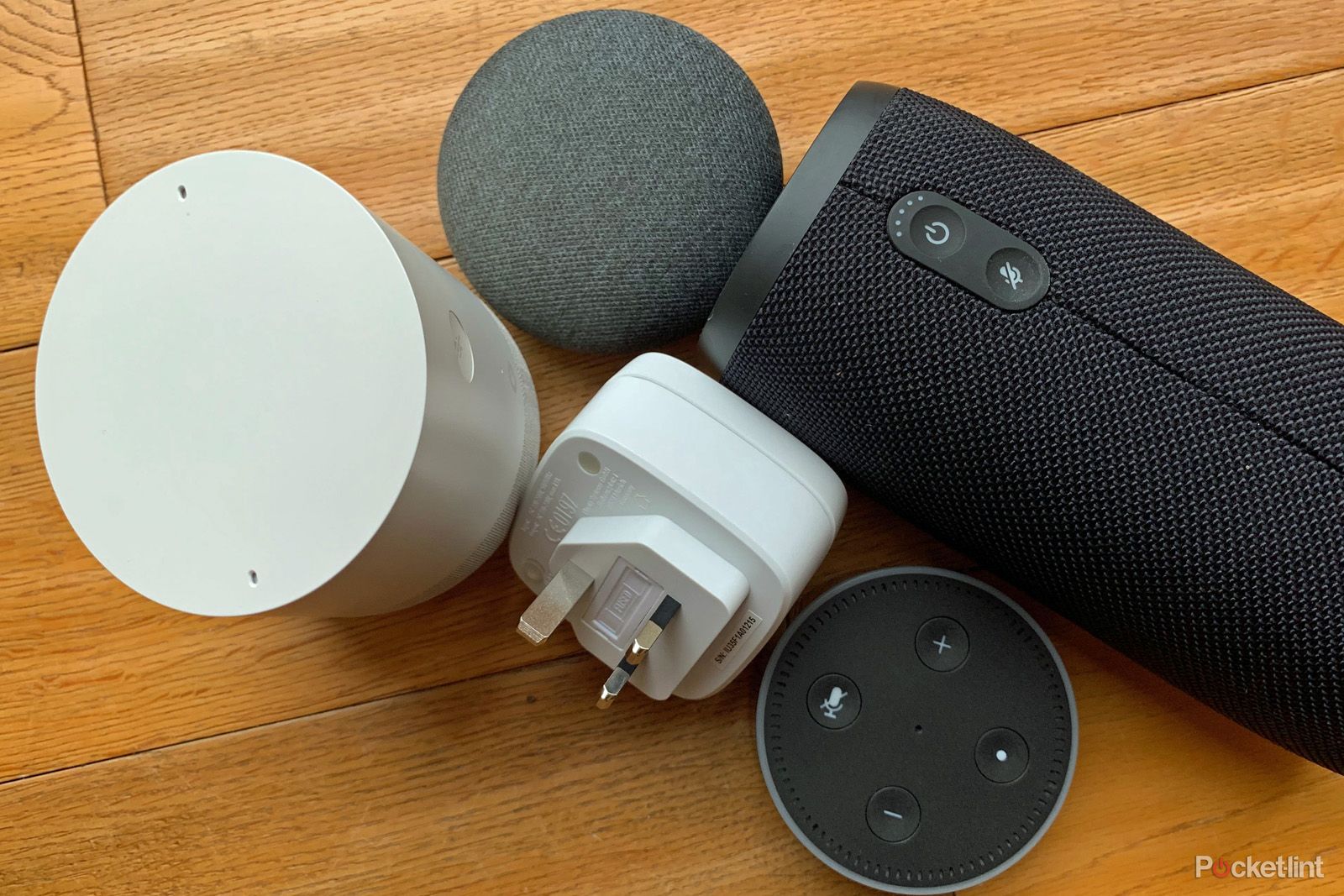So Sonos has said what most companies are afraid to – that its older products won’t be updated and, what’s more, will stop newer products on the same system being updated, too.
The outrage against Sonos actually stems from basic communication errors – emailing customers and saying “products in your system will be classified as legacy….this will affect your listening experience” is never going to go down well.
While other manufacturers we’ve spoken to are slightly gleeful about the Sonos situation, there’s an elephant in the room that should concern every manufacturer – just how long should people expect updates for? And how do you avoid angering customers when updates stop?
It’s not so much of an issue with devices like smartphones and tablets. Most people replace a phone every few years. And while people keep tablets for longer, usually they’re thinking about replacing the device by the time it gets outdated.
And at the other end of the scale is the PC – much has been made of the end-of-life of Windows 7 recently, but the fact is you can run most Windows 7 and Windows 8 apps on Windows 10 and it’s even possible to run apps in a compatibility mode in Windows 10 back to Windows XP and even older versions.
Smart home pain
Yet somewhere in the middle is the future pain point for the smart home. When will a device like a Ring Doorbell 2 or Nest Hello be outmoded to such an extent that it’s no longer supported within the apps you need to run them? Are we really going to update our doorbells every few years?
One key pain point for services going end-of-life is surely going to be the smart TV. People don’t update their TVs that often despite what manufacturers tell us and while larger manufacturers use well-used and updated systems like Android TV or LG’s webOS, there are numerous proprietary systems.
How long will it be before there's a commotion over a major app failing to work on a still-recent TV system? Apps for streaming services surely won’t be able to support every possible scenario from today in half a decade’s time.
No safety net
We are all now so reliant on services and apps that we have no safety net when things are pulled.
A recent example of this is Google Cloud Print, Google’s service for printing from multiple devices and operating systems to your Wi-Fi-connected home printer. It’s going end-of-life at the end of 2020 with no replacement and Google basically telling users - including on Android - to “find an alternative print solution”. Thanks for that.
Google is probably the worst at pulling services it previously eulogised, but the simple fact is you can’t trust anybody to provide and support a connected service, app or operating system for the long term.

